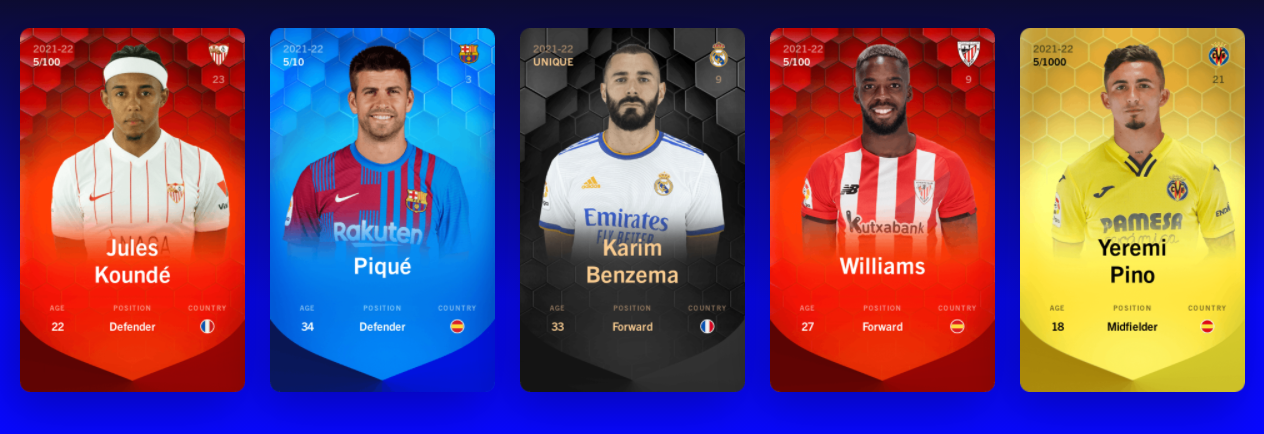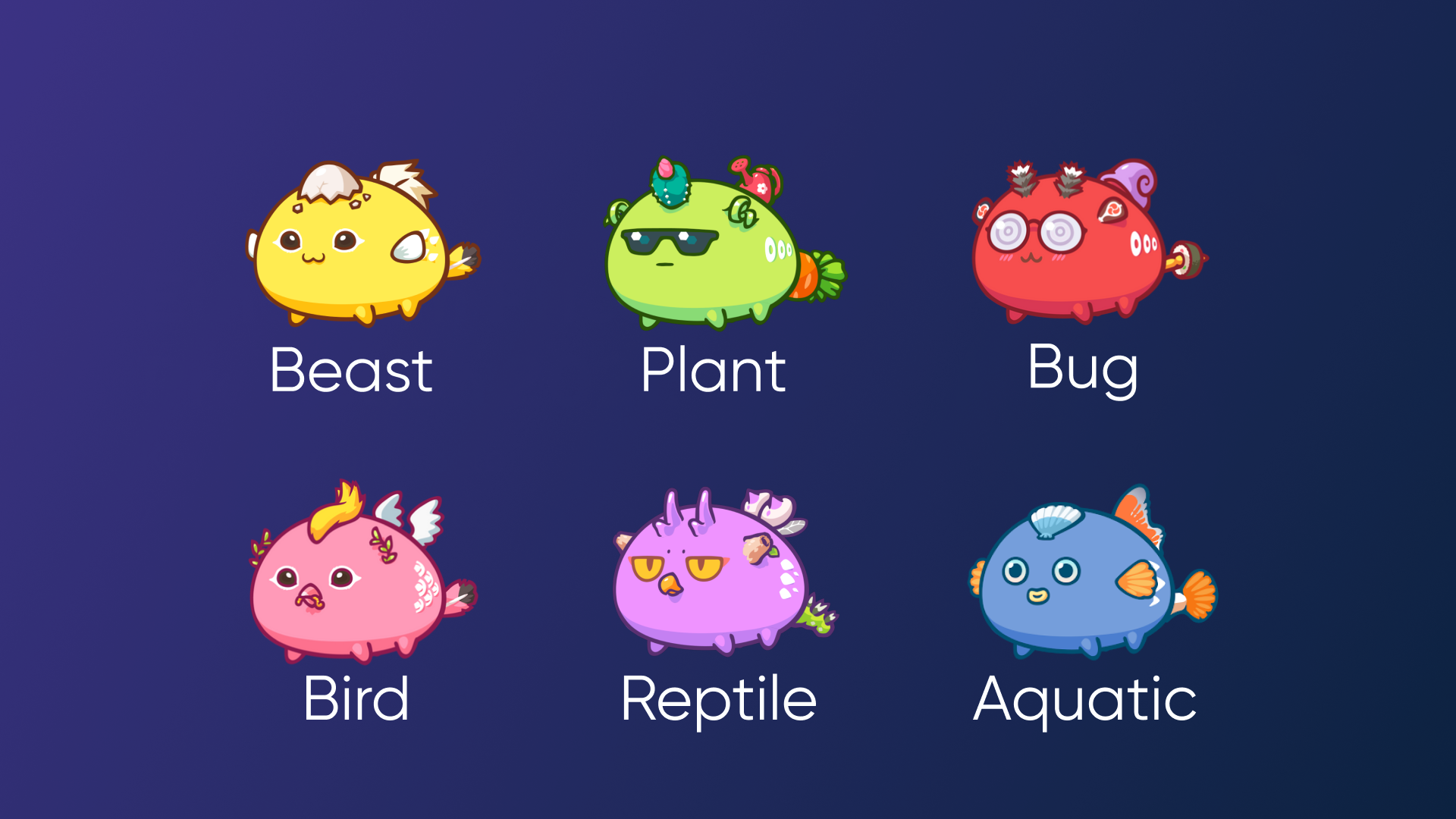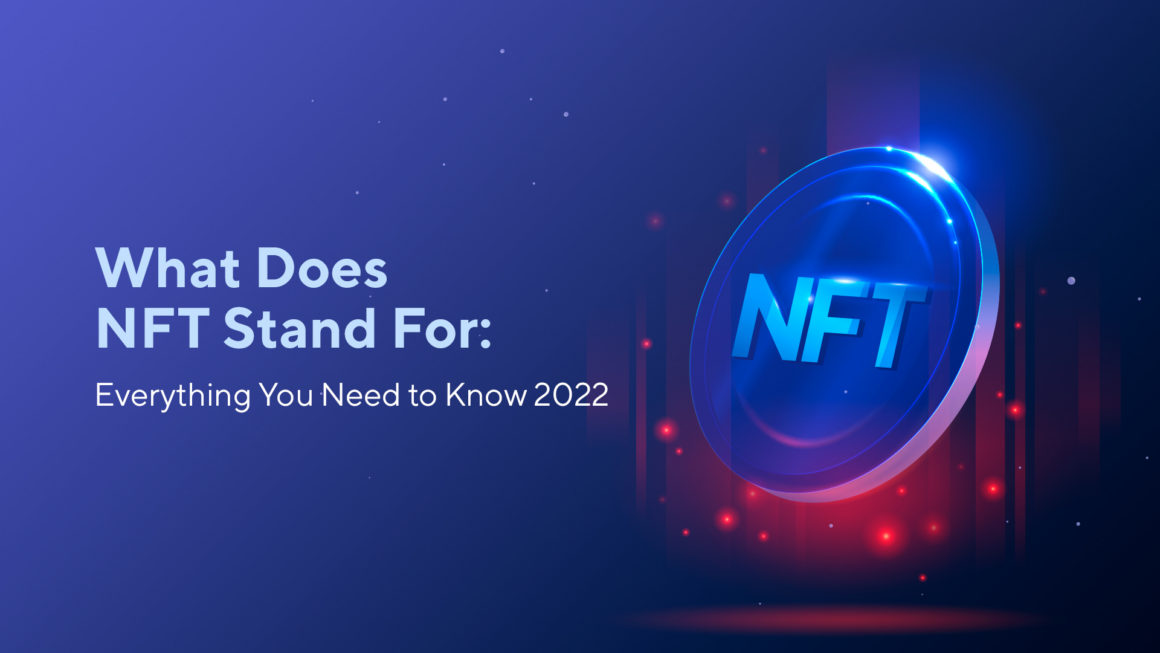This year, the NFT market is gaining momentum rapidly. The Merge, a work by artist PAK, was sold for a record-breaking $91.8 million. The art made by renowned digital artist Mike’ Beeple’ Winkelmann was sold for $69.3 million at Christie’s, marking the first time the historic auction house has ever sold a fully digital piece.
And there are plenty of similar examples when buyers are ready to invest thousands of dollars in NFTs. We figured out why these tokens are so expensive. Let’s get started!
What Does NFT Stand for Crypto?
What does NFT stand for? NFT is a non-fungible token that is a unique and indivisible digital asset.
Ordinary tokens or coins within the same blockchain network are fungible, that is, they have the same value and attributes. For example, bitcoin is fungible. You can exchange one bitcoin for another, and you will have the same BTC.
But everything is different with NFTs — each of these tokens is unique and exists in a singular form. Thus, non-fungible tokens are unique and cannot be copied. Each of them contains identifying information recorded in their smart contracts. This information, in turn, makes each NFT different from another.
At the same time, NFTs are indivisible, unlike bitcoin, which can be divided into units. A minimum unit of bitcoin is called satoshi and is 0.00000001 BTC. Non-fungible tokens are not divided into parts like concert tickets or collectible stamps — you cannot use them in parts.
How Do NFTs Work?
Most non-fungible tokens are issued based on the Ethereum blockchain in two main standards:
-
- ERC-721 is an older standard, where each type of token requires a separate smart contract;
-
- ERC-1155 is an improved standard that allows you to work with several types of tokens at once through one smart contract. The standardization of NFT issuance guarantees a higher degree of interoperability (the ability of blockchains to interact with each other), which allows such non-fungible tokens to be transferred between different dApps.
-
- ERC-998 is a new developing standard that allows creation of composite tokens, digital assets that own another digital asset. That is, within the framework of the ERC-998 standard, it will be possible to attach another token to one NFT. For example, the ownership of a game character in a computer game is represented by one non-fungible token, while another represents the rights to its equipment. ERC-998 allows you to combine them into one single token.
-
- In addition to the Ethereum standards, there are also NFTs on NEO, EOS, TRON, FLOW, and COSMOS blockchains.
Where Are NFTs Used?
NFTs allow you to convert any digital asset into tokens. Thanks to this, several new markets, such as collectible tokens, in-game items, and digital art are emerging. Let’s take a closer look at these markets.
Collection Tokens

In 2017, the first massive use of NFTs took place on the crypto market as part of the Ethereum game, CryptoKitties. The game’s main idea is to breed and collect blockchain cats that exist as non-fungible tokens. A player must pay ETH for any in-game action, which forms developers’ earnings from gaming commissions.
At the end of 2017, CryptoKitties caused quite a stir: users were ready to pay tens of thousands of dollars for cats, and the game took 15% of Ethereum traffic, greatly overloading the network. But the hype quickly passed. Now CryptoKitties has several hundred new users every day, and most cats cost only a couple of cents instead of hundreds of thousands of dollars — the most expensive cryptokitty was sold for 600 ETH or $170,000 at the then exchange rate.
Fan Tokens

CryptoKitties has spawned a wave of collectible NFT cards: digital assets with athletes’ names and their unique images. Fan tokens allow fans to collect cards of top athletes or participate in the life of their favorite club.
Moreover, startups such as Chiliz, Sorare, and Socios are creating an entire infrastructure of football club tokens. Barcelona, Atlético Madrid, Paris Saint-Germain, Juventus, West Ham United, Galatasaray, and Roma, among others, already have such tokens.
Digital Art
Today, a significant portion of NFTs is also used to prove ownership, particularly of digital art. At the same time, most of the works in the format of such tokens are sold on specialized art platforms: SuperRare, Known Origin, MakersPlace, and Rare Art Labs.
Computer Games

In-game items in the form of NFTs will allow gamers to truly own them without depending on video game developers. This could significantly change the gaming industry: thanks to NFTs, users can transfer their in-game trophies, achievements, and even rankings from one game to another. At the same time, developers will not be able to take away player items for violating the game’s rules or in case of its closure.
Examples of the most popular NFT games:
-
- Axie Infinity is a game that combines the opportunities for breeding in-game Axie creatures of varying degrees of value and further PvP battles between players. You can make money on both activities so that a player can fully enjoy economic freedom.
-
- CryptoBlades. Equipping your character with weapons and armor is necessary to defeat other users in the arena.
-
- Alien Worlds. Currently, it is the most popular blockchain game, according to DappRadar. It is an innovative space metaverse full of NFT items like land plots, weapons, avatars, or in-game artifacts.
-
- Upland is based on trading land plots in a world similar to the real one. There is an opportunity to build a dream home, start a digital business, and sell real estate on a free open market.
-
- Gods Unchained is a free-to-play game that gives you full ownership of your in-game items. Each player can build their own card decks, collect rare cards and sell them to other players.
-
- Splinterlands is also a card game with a collectible aspect. You can receive financial rewards for each win in a card battle, as well as trade cards of various rarities.
-
- Waves Ducks is a duck farm in the truest sense of the word, where you will breed NFT ducks and raise eggs, which will allow you to generate additional income.
-
- These games use NFT items: characters, weapons, skins, land plots, decor items, etc. Therefore, there is no doubt that the growth of the NFT and GameFi industries correlates with each other.
Identity and Authenticity Confirmation
NFT tokens can be used for more than just entertainment. They are great for any area where it is necessary to confirm identity and authenticity of documents or objects: for the field of law, insurance, real estate, antiques, certification, licensing, and so on. For example, the Bridge protocol provides access to a single digital identity for verifying, managing, and transferring personal data through NFTs.
Conclusion
NFT is a promising sector for developing the crypto market with hundreds of millions of potential users: sports, pop culture, computer games, and art fans who are ready to pay for their hobbies. Therefore, startups betting on this direction have something to fight for. Most likely, we will soon see fierce competition in these markets.

Leave a Reply